The Camino de Santiago is a popular excursion on many adventurers’ bucket lists! The charm of the Camino de Santiago is that hikers of all skill and experience levels can walk it. You don’t need to be incredibly fit to complete the pilgrimage, but it does demand a bit of stamina. With over eight different routes to choose from, hikers can pick which one best suits their needs and ability levels.
No matter the route you choose, we here at 10Adventures want you to have the best experience possible along the Camino de Santiago, so we have created a preparation list for you. We have learned from our mistakes and experiences how much preparation is needed for this trek. From necessary items to pack to what vaccines are necessary, we’ve got your back with our ultimate preparation guide.
How to Train for the Camino de Santiago
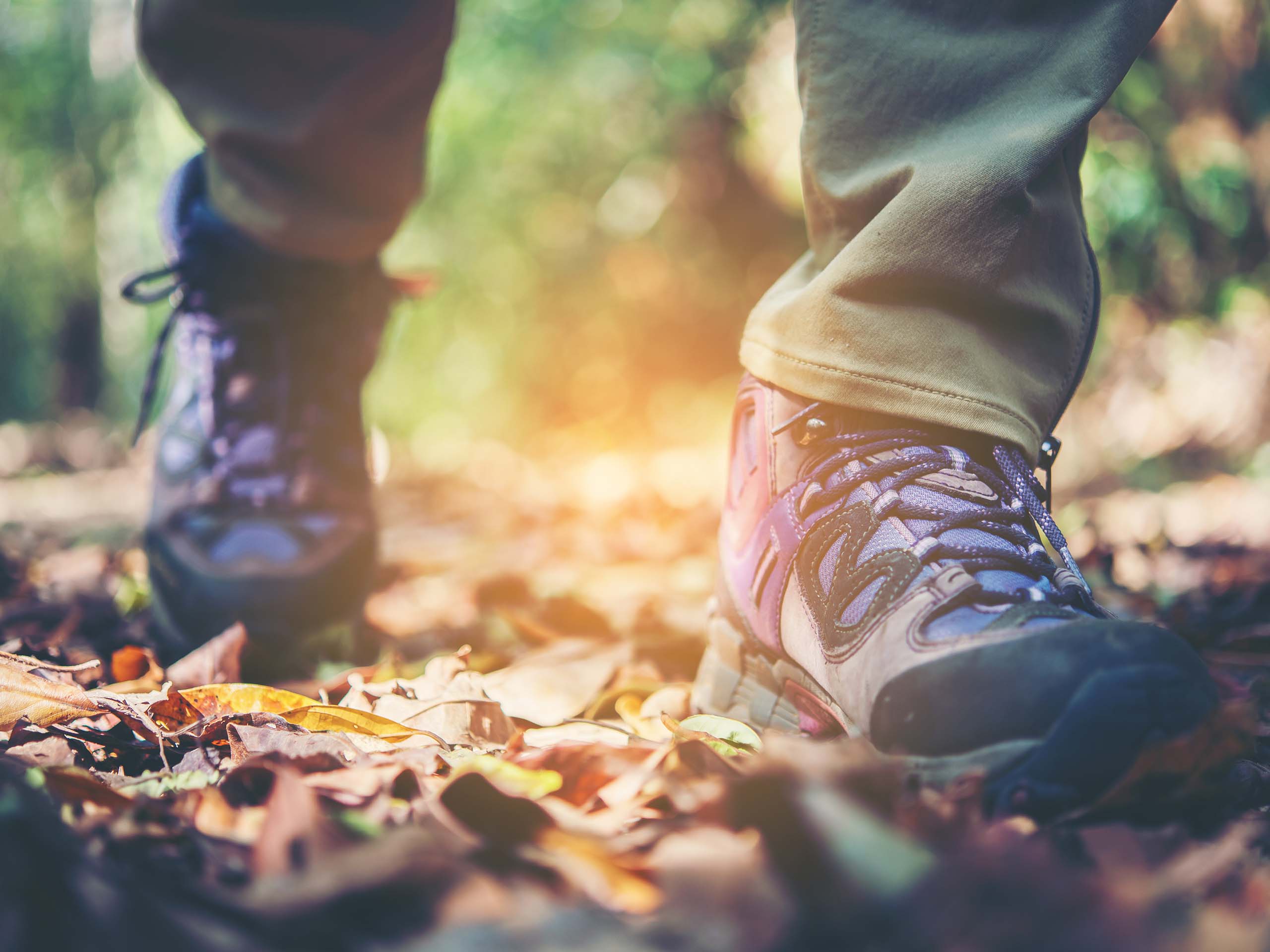
Compared to other pilgrimages, the Camino de Santiago is fairly user-friendly. You do not need to be a super athlete to complete this journey, but it does require some endurance. The Camino de Santiago undulates as it traverses diverse landscapes. Be prepared to do some climbing and technical navigation along a few segments of the walk, notably along the Camino Primitivo and Camino Francés. There are several different routes of varying difficulty levels, so choose a route that best reflects your intentions and abilities. Learn more about the various routes from our extensive Guide to Camino de Santiago.
Whether you choose a 55.9mi trek or a 435.0mi route, you should do some preparation. If you don’t walk or exercise regularly, we would recommend doing some light conditioning in the months leading up to your pilgrimage. The route you choose will dictate the intensity of training required. For example, Camino Primitivo is extremely mountainous and hilly. Contrastingly, the Vía de la Plata is a fairly level journey through the countryside. If you are not used to walking long distances or choose a lengthy, more technical route, you should do some mild training prior to your pilgrimage to mitigate the chances of injury.
A great way to condition for the pilgrimage is to walk 4-5 times a week. These walks do not necessarily need to be lengthy, 3.1mi should suffice. Try walking on different terrains and if you are trekking a hilly route, consider a few mountain hikes prior to your departure . As you work to improve your endurance and stamina, you will inevitably strengthen your muscles and toughen your feet before you venture to the Camino de Santiago.
It is also a good idea to break in your gear as you train. Wear your shoes, clothes, and backpack on a few of your walks. This way you will become aware of any necessary adjustments that need to be made and you can break in those new hiking shoes. Training for the Camino does not need to be strenuous, but some light conditioning can make a world of difference.
What do I need to pack?

Packing for the Camino de Santiago can be a daunting task, especially if this is your first pilgrimage. Don’t worry, we are here to make your experience a little less stressful! Proper hiking shoes, backpack, rain gear and sleeping bag are just a few of the many essentials you will need to bring along this adventure. We have completed a detailed Camino de Santiago packing list to help you prepare for your life-changing pilgrimage!
If you are nervous about carrying your pack the entirety of the pilgrimage, consider a pickup service. There are backpack services available that will pick up your bag from your albergues (hostels) and bring them to your next accommodation for a fee. There are several different companies that do this along the different routes, so research which one is available to you prior to your departure.
Do I need travel insurance?
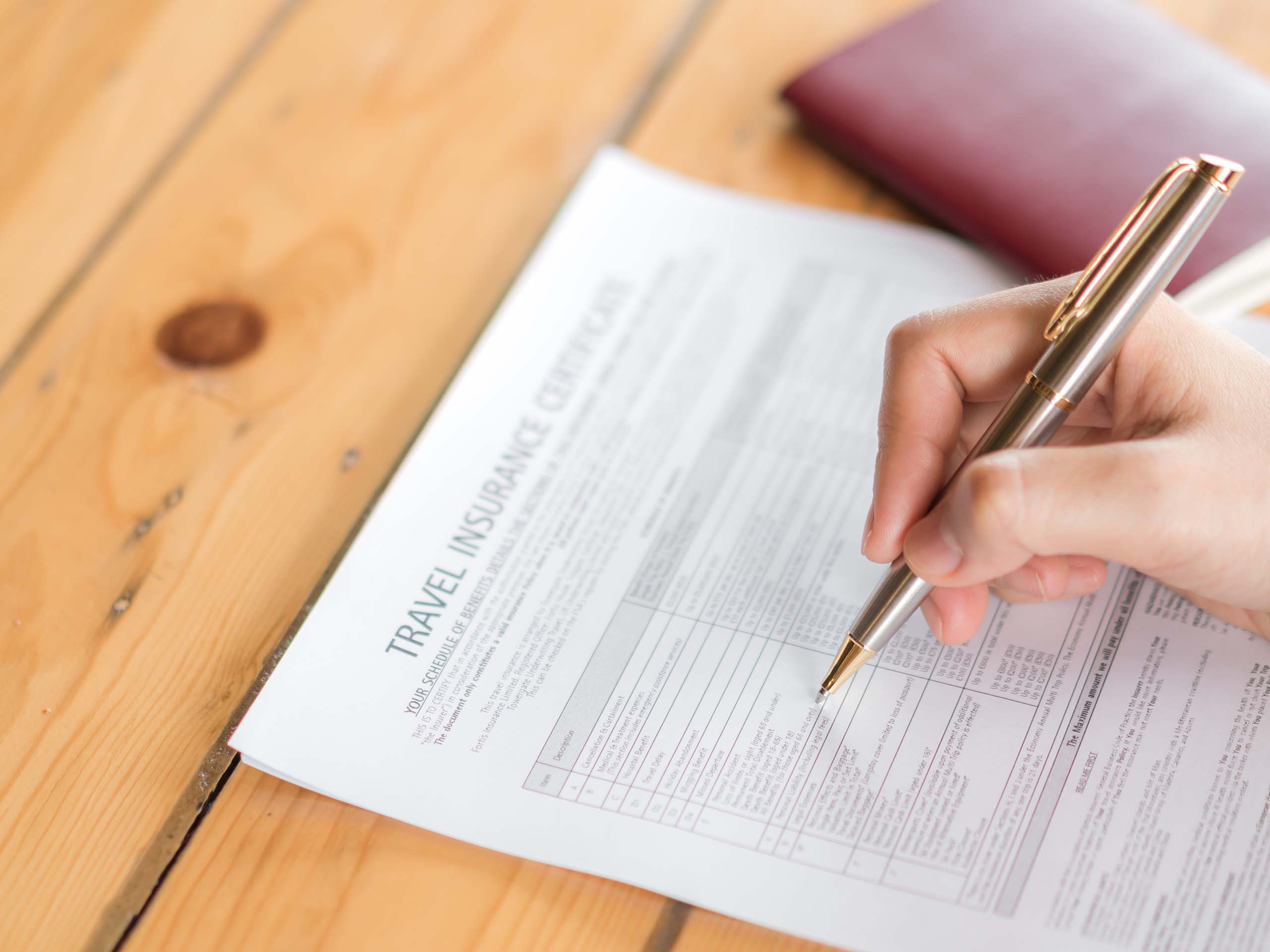
Though travel insurance is not necessary, we highly suggest it. Travel insurance minimizes risks as you trek the Camino de Santiago, and as you venture there and back. Even the most prepared and experienced adventurers will inevitably confront unpredictable situations along the Camino or during travel, and insurance will give you a peace of mind.
There are dozens of types of travel insurance, and when choosing yours, take into consideration the route you are hiking and your personal needs. For example, if you are planning on participating in dangerous excursions like cliff jumping, if you are travelling with valuables, or you have a health condition. All these factors should have an influence on the insurance you purchase. Though the upfront costs may be daunting, a comprehensive travel insurance plan can save you thousands in the long run.
Note many travel insurance plans now cover Coronavirus related events! This is extremely valuable in today’s climate.
What documentation do I need?
Necessary documentation varies depending on your nationality and the country to which you are travelling. We suggest checking your government website for necessary records. A national passport is often all that is necessary, but some countries require a travel visa.
Do I need vaccines?
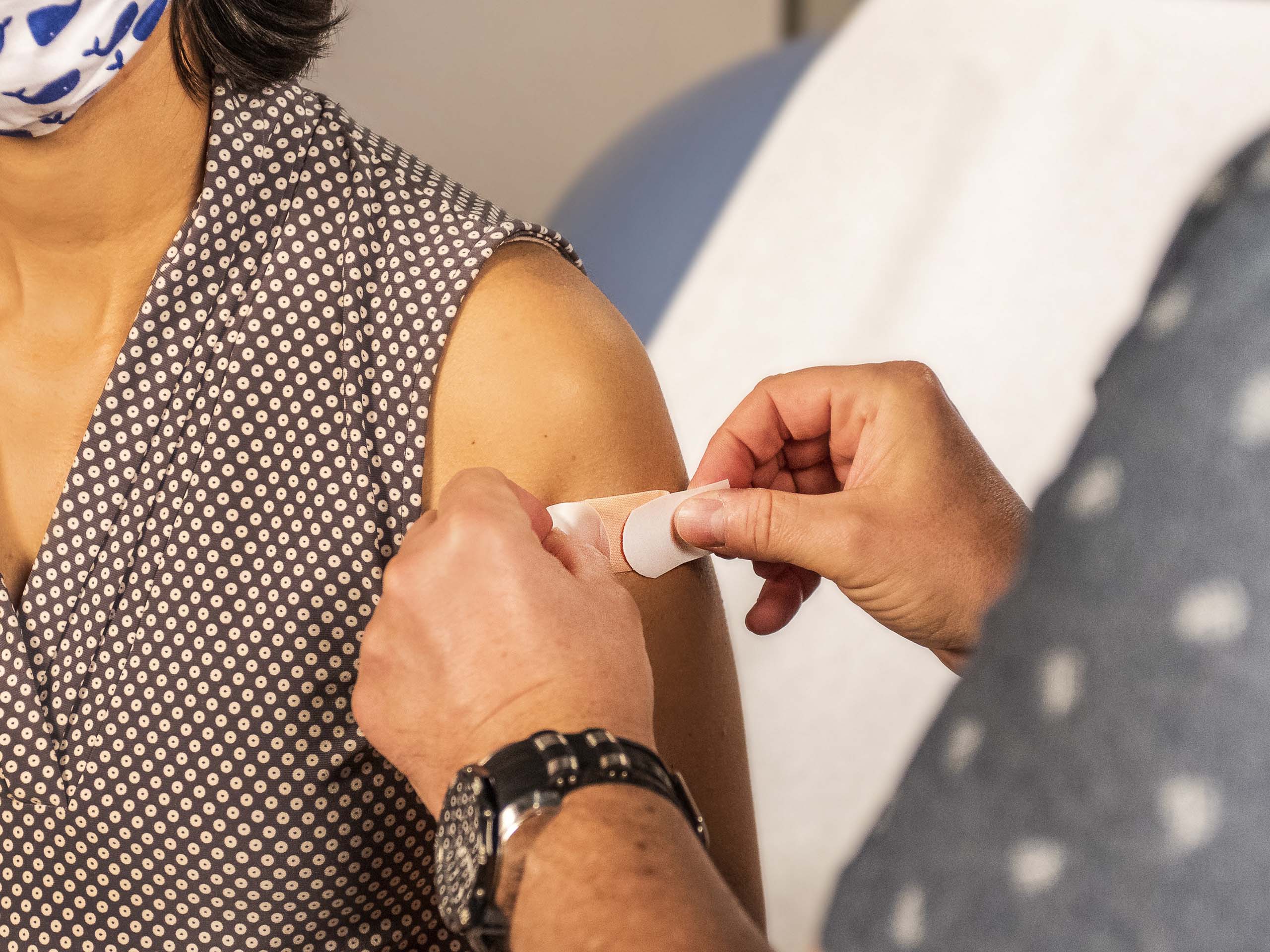
As aforementioned, the Camino de Santiago travels through different countries within the EU; thus, there is no one uniform answer, especially during the age of the Coronavirus. Your nationality will determine the vaccines you need to enter the EU.
Though not enforced, the World Health Organization recommends the following vaccines when travelling to Europe:
- Hepatitis A
- Hepatitis B
- Typhoid
- Measles
The Coronavirus has also changed the way we travel today. Vaccine requirements are constantly reforming; we recommend checking with your country’s rules and regulations and those of the country to which you are travelling. When travelling to the EU each country has varying requirements and restrictions, refer to this website for more information.
When should I walk the Camino de Santiago?
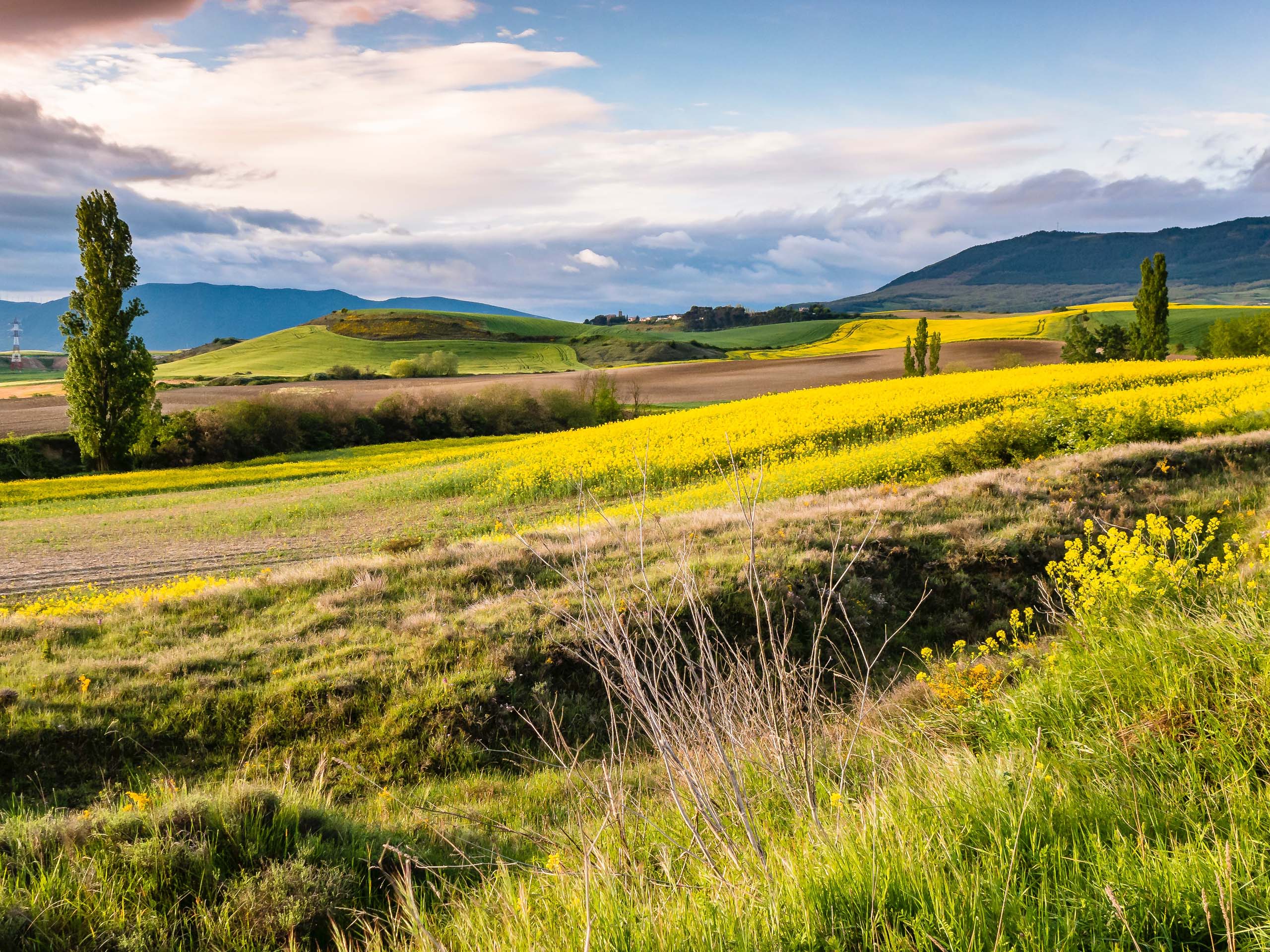
Though the Camino de Santiago is open and passable year-round, certain months are more favourable than others. August and July are the warmest and driest months along much of the Camino; therefore, these months are the most frequented. If you are considering hiking during this season, bear in mind the exposed terrain can be unbearably hot in the afternoon. Pack plenty of sunscreen and water when hiking the trails on hot sunny days. If you are hoping to avoid the crowds but take advantage of the nice weather, May, June, September, and early October are ideal. The crowds have thinned, and accommodations are less expensive.
The route you plan to venture also has an influence on the best time of the year to hike. If you are trekking the Camino Francés, best avoid the winter months as the mountainous terrain is often snow-cloaked and cold. If you are determined to hike in the cooler months, the Camino Invierno is your best bet. The favorable weather conditions and mild terrain of the route are manageable in the winter season. It is also worth noting that many albergues (hostels) close in the winter months due to the low tourist traffic in the off-season. Generally speaking, hiking between the months of May and October is a safe bet.
What Camino route should I take?
The age-old question is what Camino de Santiago route is the best? The answer varies from person to person, and it depends on what type of experience you are seeking. The beauty of the Camino de Santiago pilgrimages is that they can be amended to suit your needs and abilities, if you only want to hike for 5 of the 31 days, go for it! If you are uneasy about making your own itinerary, consider one of the Camino de Santiago adventure tours, but if you are an intrepid spirit who welcomes a challenge, we’ve got you covered.
As a rule, the Camino Francés is the most popular Camino route, tracking 484.7mi from Saint-Jean-Pied-de-Port to the Compostela. This stunning route is a great option for those who are hoping to socialize with fellow pilgrims and aren’t bothered by crowds. The Camino Francés is also a great option for those travelling solo, as there will be plenty of company along the trek.
If you are seeking a demanding adventure, the Camino Primitivo may be your best match. The quiet, primitive Camino route is a physically challenging adventure. Technical terrain, undulating paths, mountain climbs and elevation changes require stamina. The Camino Primitivo, though taxing, is a shorter adventure, spanning only 199.5mi, and can usually be completed in 12-14 days.
The most popular biking route is undeniably the Camino Francés; due to its popularity, the infrastructure and network of on-route services appeal to adventurers. If you are hoping to divert off the beaten path, bikers may want to consider a less heavily trafficked route, like the Camino del Norte or a flatter route like the Vía de la Plata.
Vía de la Plata is the longest Camino route, traversing over 621.4mi. Scenic and secluded, it is a wonderful option for experienced hikers seeking a challenge. Walk or bike through the flat countryside past ancient ruins and medieval towns. Despite it’s difficulty, the Vía de la Plata route is highly rewarding.
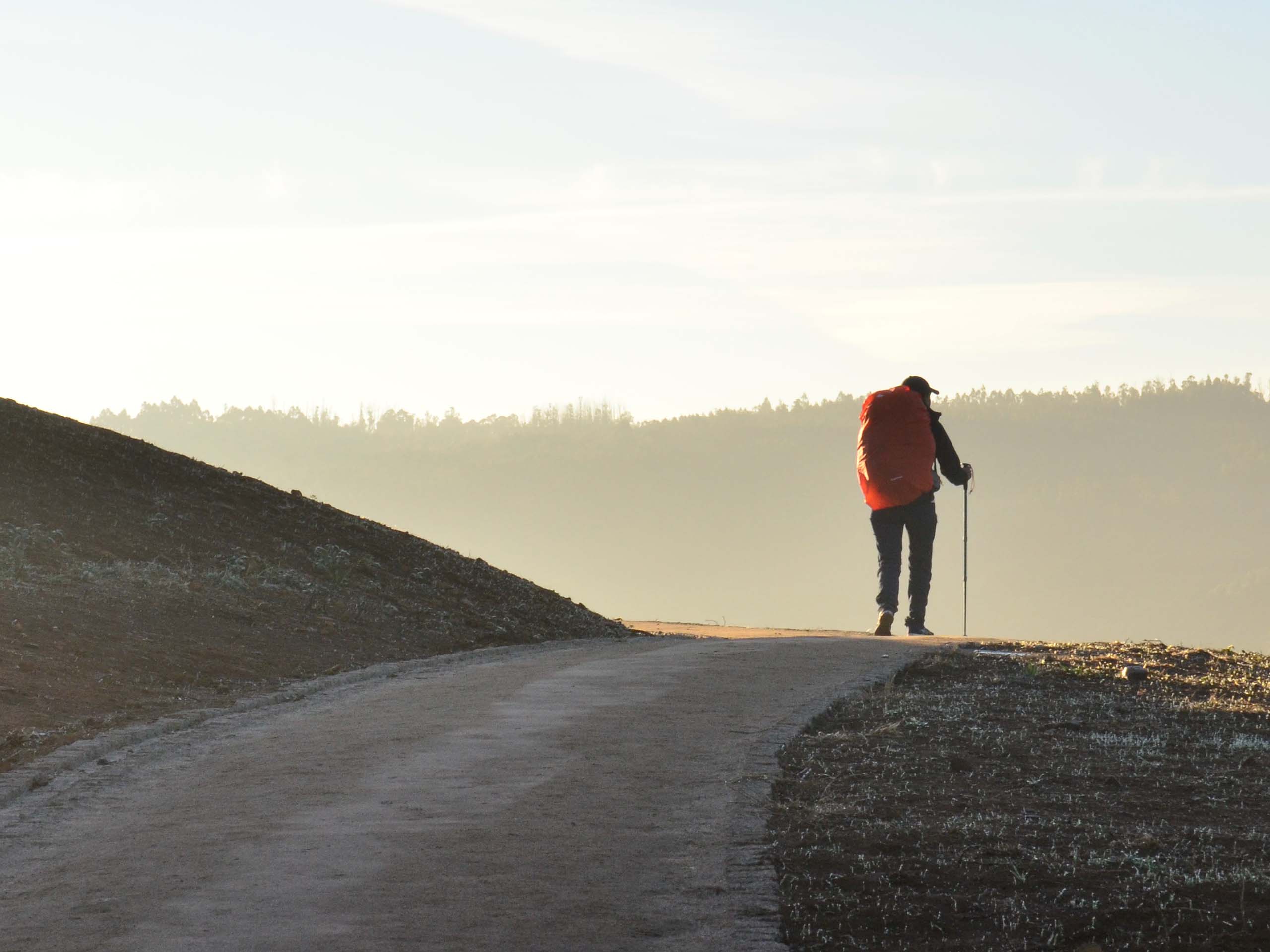
Scenery is often at the top of a pilgrim’s Camino de Santiago route requirements, and we can honestly say every route is unassumingly scenic, and they each offer diverse perspectives of natural beauty. If you are hoping for ocean views, the Camino Portugues, Camino Inglés or Camino del Norte are all wonderful options that reveal awe-inspiring coastal views.
Camino del Norte is a wonderful route along the northern coast, providing some exceptional ocean vistas. This route is ideal for bikers or those hoping to avoid the crowds. It is worth noting that this hike does not finish at the Compostela, instead it merges with the Camino Primitivo for the last leg of the voyage.
The Camino Portugues has quickly become one of the most popular Camino de Santiago routes. This coastal trail guides pilgrims through charming Portuguese towns and along the coast up to the Spanish border. Revel in the expansive views of the Atlantic Ocean as you track up to the Compostela.
For those seeking a shorter journey to dip your toes into the pilgrimage waters, the Camino Inglés or Camino Finisterre are great options. The Finisterre Route extends beyond the Compostela and guides hikers to the “end of the earth”, where hikers have been known to toss their hiking shoes in the rough waters of the Atlantic to symbolize a new beginning, though we do not recommend doing so. The Camino Inglés is a short but sweet 72.1mi adventure that meets the benchmark to receive a compostela. This is the perfect route for those yearning for the stamp of achievement without the exertion of a longer pilgrimage.
Last but not least, we have the Camino Invierno. This is a popular route for those daring enough to venture the Camino de Santiago in the winter months. Hiking in the off-season presents inherent risks, but the Camino Invierno’s favorable weather conditions makes it a first choice route in the cooler months.
Each Camino de Santiago route exhibits various sceneries and presents their own sets of challenges. If you are still undecided, check out our individualized route guides and suggested itineraries for the popular routes of the Camino de Santiago to learn more. Hopefully you are feeling more confident and prepared for your exciting life-changing journey along the Camino de Santiago.
Camino de Santiago Trip Planning Articles
- Discover the Camino de Santiago
- Camino Planning: Best time to Walk the Camino
- Camino Planning: What to pack for your Camino
- Route Guide for the Camino Frances
- Route Guide for the Camino Finisterre
- Route Guide for the Camino Portugues
- Route Guide for the Camino Primitivo
- Route Guide for the Camino Ingles
- Route Guide for the Camino del Norte
- Route Guide for the Camino Via de la Plata
- Route Guide for the Camino Invierno
- Interesting Camino de Santiago Facts

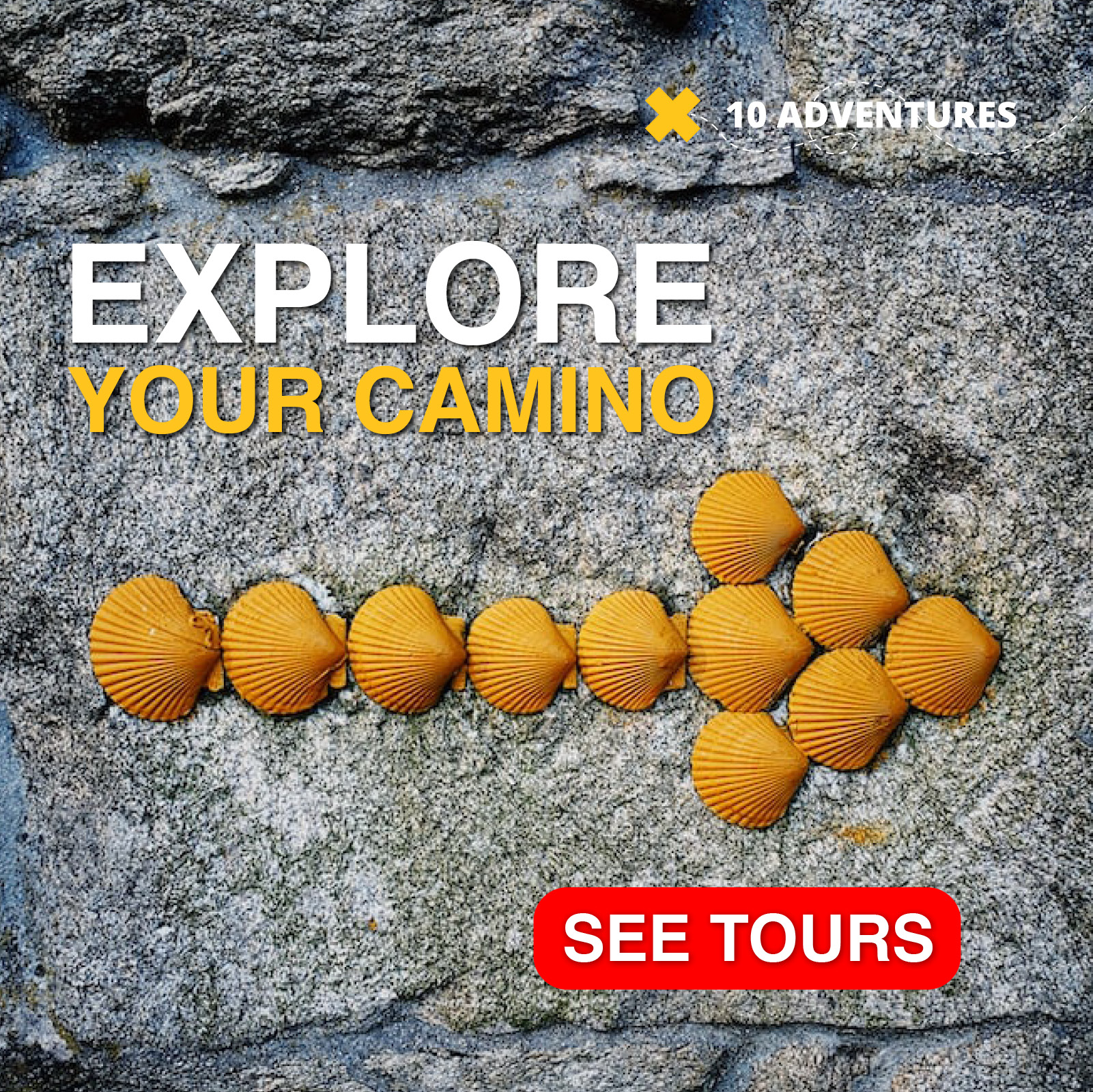
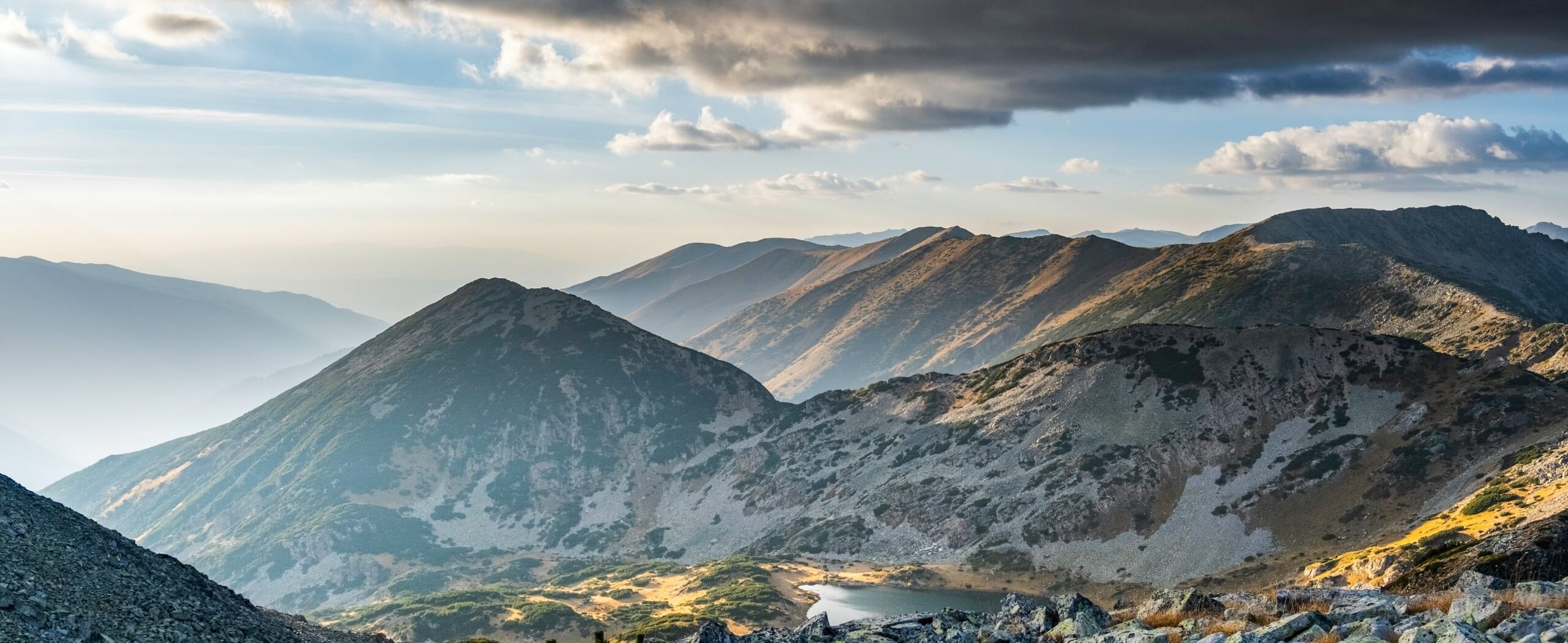
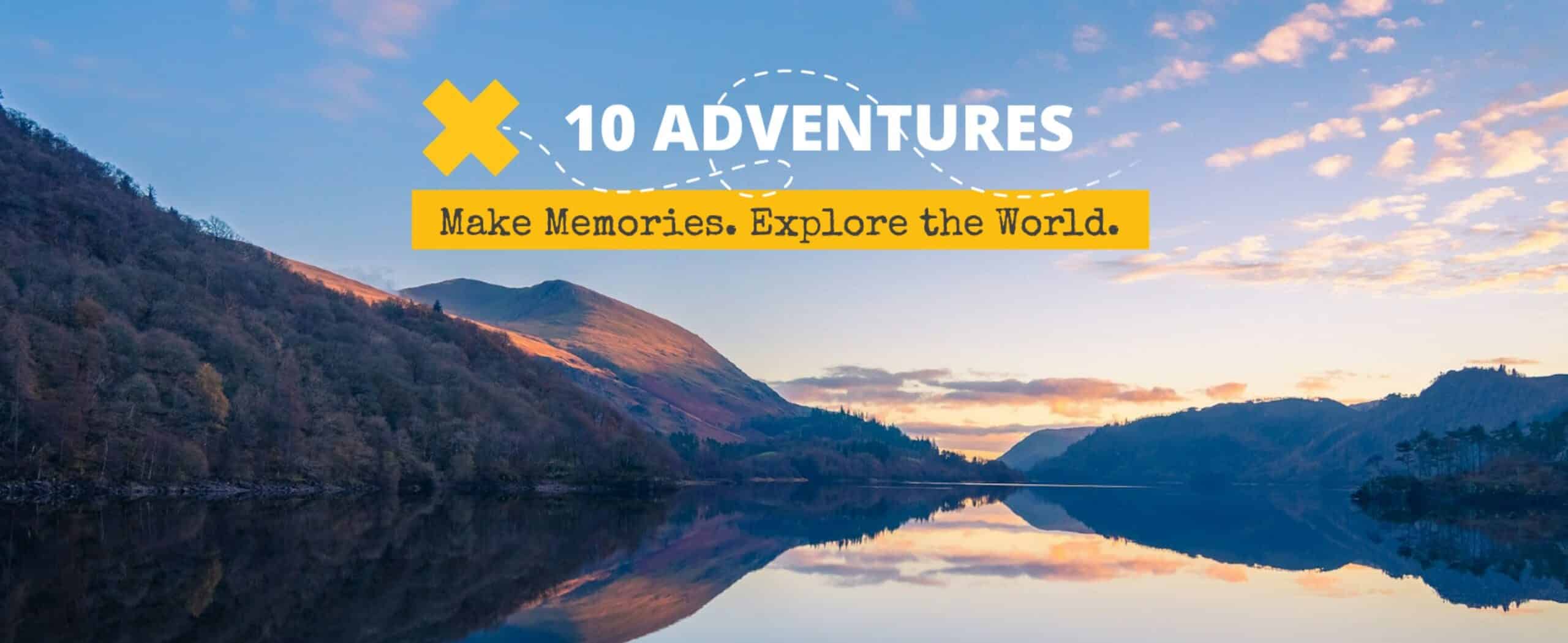

Comments